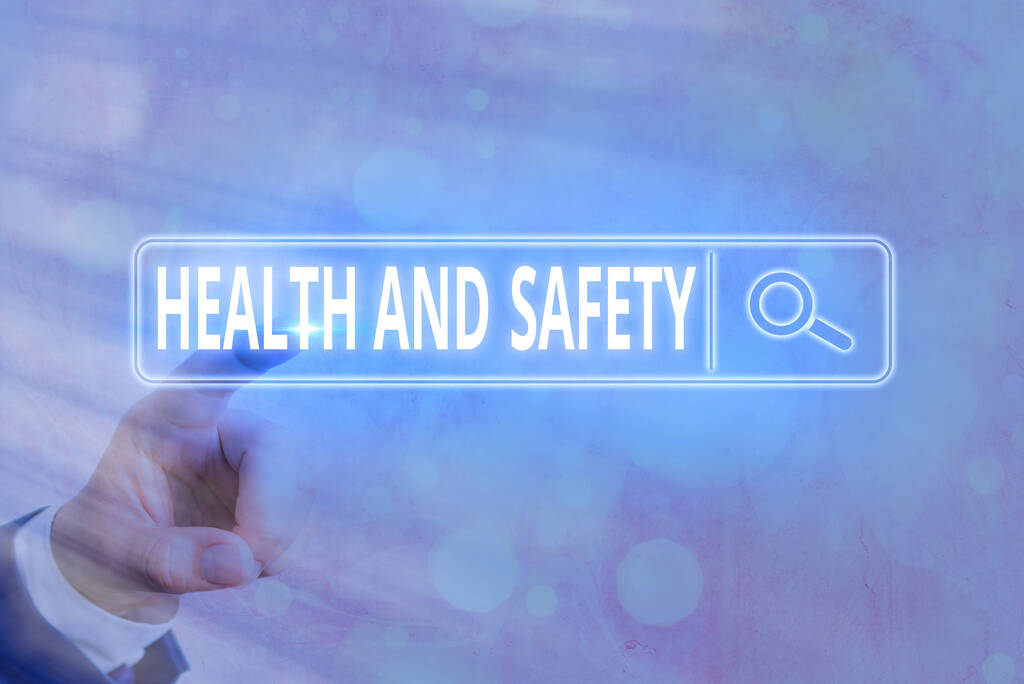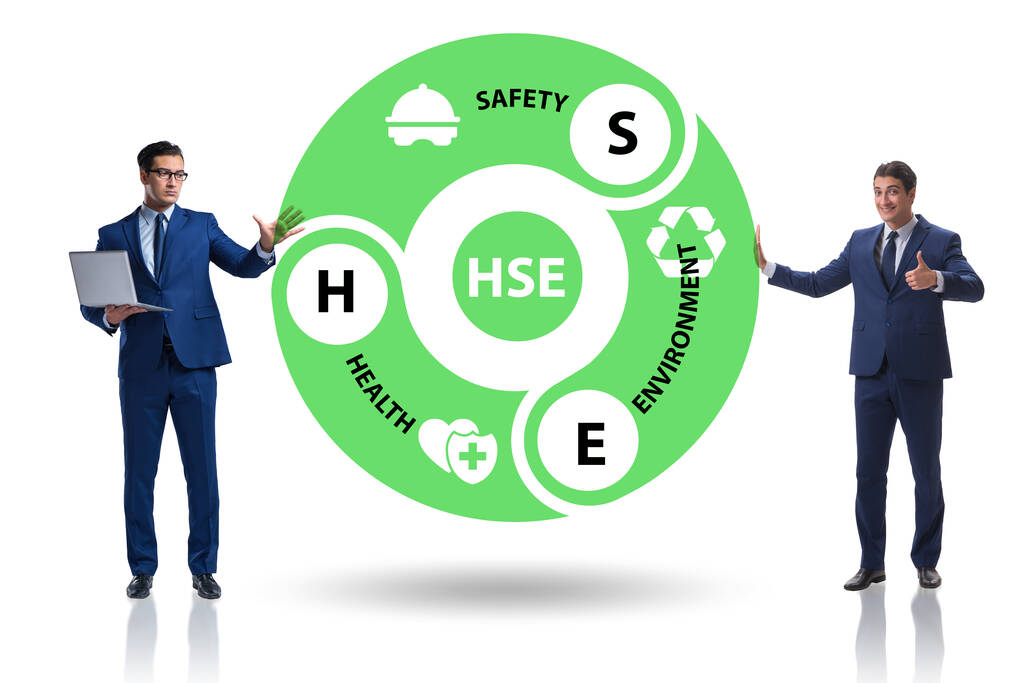In recent years, environmental concerns have become increasingly prevalent, as the world recognizes the need to protect and preserve our planet for future generations. Environmental regulatory compliance plays a crucial role in ensuring that industries, businesses, and individuals operate in a manner that minimizes their environmental impact.

This article explores the significance of environmental regulatory compliance, its benefits, challenges, and the path to achieving a sustainable future.
Understanding Environmental Regulatory Compliance
Environmental regulatory compliance refers to the adherence to laws, regulations, and standards set by governmental bodies to safeguard the environment. These regulations aim to control pollution, promote resource conservation, and mitigate the negative impacts of human activities on ecosystems. Compliance can vary across jurisdictions and industries, but it typically encompasses areas such as air quality, water management, waste disposal, hazardous materials handling, and energy efficiency.
The Importance of Environmental Regulatory Compliance
- Protection of the Environment: Environmental regulatory compliance ensures that activities and operations are conducted in a manner that minimizes harm to the environment. By adhering to regulations, industries and businesses reduce pollution, conserve resources, and safeguard ecosystems, thus contributing to the long-term health of the planet.
- Public Health and Safety: Compliance with environmental regulations promotes public health and safety. Regulations pertaining to air and water quality, for instance, aim to limit exposure to harmful pollutants, preventing adverse health effects. Compliance also minimizes the risk of accidents, leaks, and spills that could pose immediate threats to communities and the environment.
- Sustainability and Corporate Responsibility: Environmental compliance is an essential aspect of corporate social responsibility (CSR). Companies that prioritize environmental stewardship enhance their reputation, build trust with stakeholders, and attract environmentally conscious customers. Compliance demonstrates a commitment to sustainable practices and sets the stage for future environmental improvements.
- Legal and Financial Risk Mitigation: Compliance with environmental regulations reduces the risk of legal and financial repercussions. Non-compliance can result in fines, penalties, legal actions, and reputational damage. Additionally, proactive compliance efforts can help companies identify potential risks and mitigate them before they escalate into costly problems.

Challenges in Environmental Regulatory Compliance
Despite the importance of environmental regulatory compliance, several challenges hinder its effective implementation.
- Complexity and Diverse Regulations: Environmental regulations can be complex and vary across jurisdictions, making it challenging for businesses to understand and comply with them. Industries operating in multiple locations must navigate different regulatory frameworks, adding to the complexity.
- Cost Implications: Achieving compliance often requires investments in technology, infrastructure, training, and monitoring systems. The upfront costs can be significant, particularly for small and medium-sized enterprises (SMEs). Balancing the financial burden of compliance while ensuring environmental responsibility can be a daunting task for organizations.
- Evolving Regulations: Environmental regulations evolve over time as scientific knowledge advances and societal expectations change. Keeping up with these evolving regulations and incorporating them into existing operations can be a continuous challenge for businesses, requiring them to stay updated and adapt their practices accordingly.
- Enforcement and Monitoring: Enforcing compliance can be a challenge for regulatory agencies, particularly when resources are limited. Effective monitoring and enforcement mechanisms are necessary to ensure that regulations are being followed consistently and to deter non-compliance.
The Path to Achieving Environmental Regulatory Compliance
- Knowledge and Awareness: Businesses need to have a clear understanding of the environmental regulations that apply to their operations. Regular monitoring of regulatory updates and engagement with industry associations can help organizations stay informed and maintain compliance.
- Integrated Environmental Management Systems: Implementing comprehensive environmental management systems (EMS) can facilitate compliance by streamlining processes, monitoring performance, and identifying areas for improvement. EMS frameworks, such as ISO 14001, provide a structured approach to managing environmental impacts and complying with regulations.
Learn more at Wiki as well.